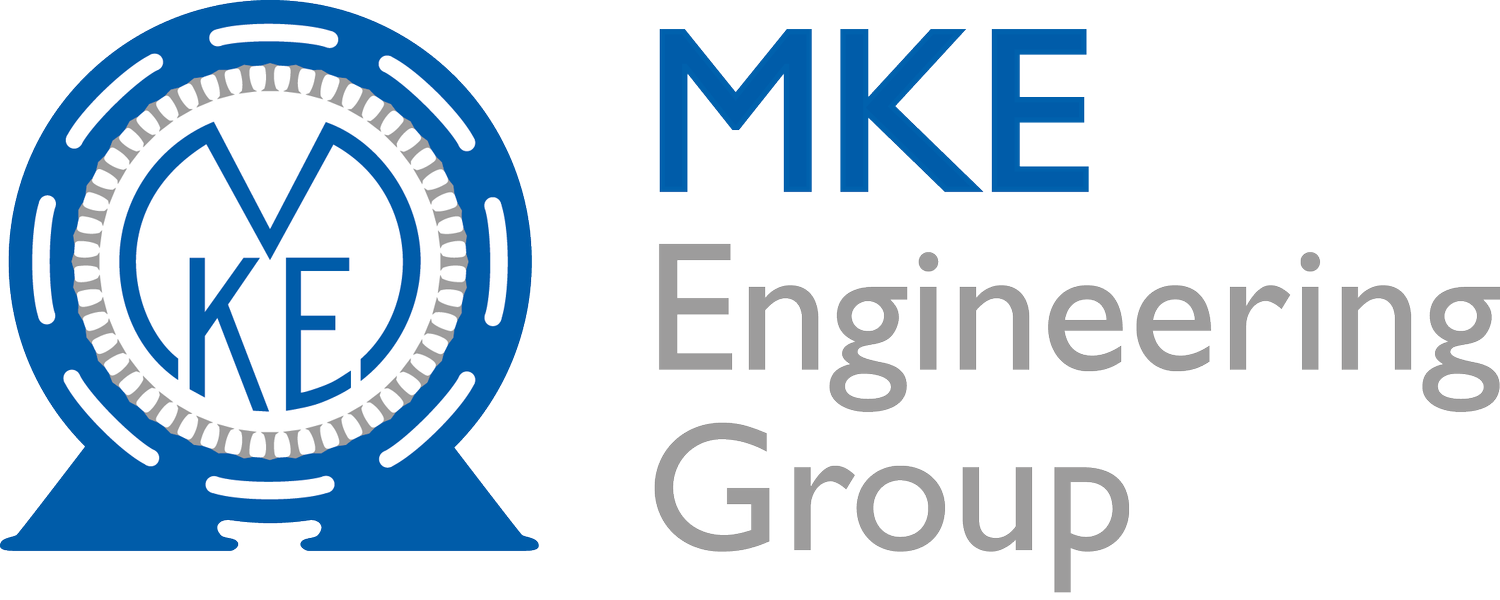How to Safeguard Your Engineering Facility from Water Ingress
Water, in the wrong place, can be a real headache. Picture this: you're overseeing a big engineering project, and suddenly, you're faced with water seeping into places it really shouldn't be. It's a common problem in the field of engineering—whether you're constructing a skyscraper or designing a dam, water ingress can pose serious challenges.
In fact, if not addressed promptly, this seemingly benign issue can cause significant structural damage, leading to costly repairs and potentially even compromising safety. So, what do we do about it?
Well, that's what we're here to discuss—we're going to dive into some of the most effective ways to prevent water ingress in engineering facilities. From design considerations to material choices, maintenance strategies, and high-tech solutions, we'll explore various methods to keep unwanted water out of your projects.
Causes of Water Ingress in Engineering Facilities
Understanding the various causes of water ingress is the first step towards developing effective preventive measures. Some common factors contributing to water ingress include:
Poorly Designed Roofing Systems: Roofing systems with inadequate pitch or poorly joined sections can accumulate water, which may eventually penetrate the facility, causing damage to assets and vulnerable equipment.
Damaged Waterproofing Membranes: Waterproofing materials, such as roofing membranes, can deteriorate over time due to weather exposure or physical impact. Damaged or compromised waterproofing can lead to water infiltration into the facility.
Cracks or Gaps in Walls and Foundations: Cracks or gaps in walls, floors, or foundations can allow water to infiltrate the engineering facility, causing significant issues to equipment and structural integrity.
Inadequate Drainage Systems: Poorly designed or maintained drainage systems may not effectively remove water from the facility's surroundings, leading to water pooling and infiltration.
Potential Risks Associated with Water Ingress
Failing to address water ingress can have serious consequences for both your engineering facility and your business operations:
Damage to Machinery and Equipment: Prolonged exposure to moisture can lead to corrosion, electrical issues, and mechanical failure in machinery and equipment, reducing operational efficiency and incurring costly repairs or replacements.
Structural Deterioration: When water penetrates a facility's structure, it can weaken building materials, such as steel and concrete, leading to a risk of structural collapse.
Health and Safety Hazards: Water ingress can result in mould growth, causing air quality issues and putting workers' health at risk. Additionally, wet surfaces can lead to an increased risk of slips, trips, and falls in the workplace.
Disruption to Operations: Water ingress-related equipment or structural issues may disrupt engineering processes, leading to downtime, loss of productivity, and potential loss of revenue.
Strategies for Preventing Water Ingress
Implementing appropriate preventive measures is essential in safeguarding your engineering facility from the damaging effects of water ingress:
1. Inspect and Maintain Roofing Systems
Regular inspections of your facility's roofing system can help to identify potential vulnerabilities and address them before water ingress occurs. Ensure that seams are well-sealed and that materials are in good condition. Pay close attention to high-risk areas, such as roof penetrations, corners, and flashing, where water ingress is most likely to occur. Regularly clearing debris from gutters and drains can help prevent blockages and water pooling on the roof.
2. Utilise Waterproofing Solutions
Applying appropriate waterproofing materials to your facility's roof, walls, and foundations can significantly reduce the risk of water ingress. Available solutions include liquid-applied waterproofing, bitumen-based membranes, and cementitious-based coatings. It’s essential to select the most suitable solution for your facility's specific requirements and working conditions, and to periodically inspect and maintain these protective measures to ensure their continued effectiveness.
3. Implement Drainage Improvements
Effective drainage systems are vital in preventing water ingress, directing water away from your engineering facility. Ensure that surface drainage systems are well-maintained and clear of debris, and that sub-surface measures, such as French drains or sump pumps, are correctly designed and functioning efficiently. Investing in your facility's drainage infrastructure can significantly reduce the risk of water ingress and the associated costs and disruptions.
4. Seal Cracks and Gaps
Regularly inspecting the facility for cracks and gaps in walls, floors, and foundations is essential for early detection and repair. Utilise appropriate sealants and fillers to repair any identified issues, and consider applying a waterproof coating material to further safeguard against water ingress.
MKE's Approach to Water Ingress
At the end of the day, preventing water ingress isn't just about protecting a building's physical structure. It's also about safeguarding the people who work within these facilities and preserving the vital operations that take place within. So, here's to building a safer, stronger, and more resilient engineering infrastructure. After all, as the old saying goes, 'An ounce of prevention is worth a pound of cure.'


